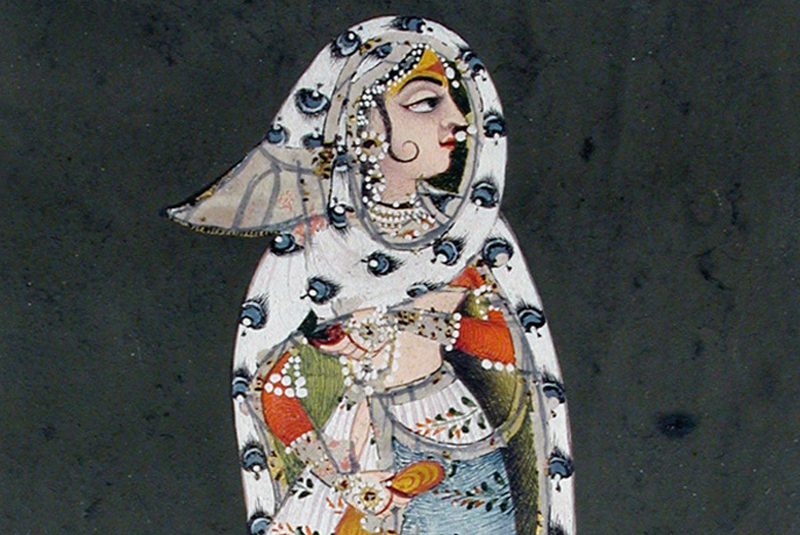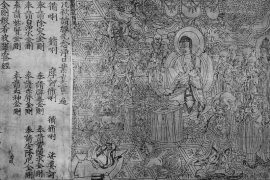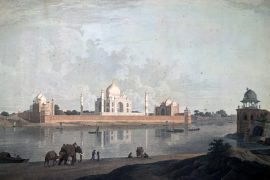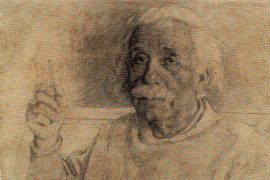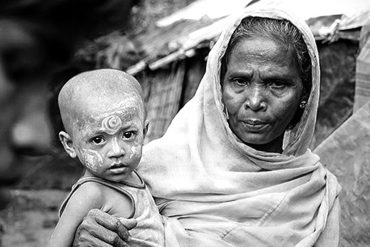Udupi, Karnataka, is a place where people practicing three major religions of India–Hinduism, Islam, and Christianity, coexist in harmony. Or so we thought; until recently. Various colleges across the district have banned students from wearing the hijab. After continuous protests, one college allowed them to enter on one condition: they will be seated separately from the rest of the class.
Wearing a scarf or a veil was a common practice (in India and other parts of the world) even before the advent of Islam. Covering the head has religious significance, particularly for women. In Sikhism, for instance, the turban, an article of faith, distinguishes Sikhs from the others. Sikh women who have traditionally worn headscarves (chuni) are now wearing turbans, much like Sikh men.
Many Hindu women wear the Ghoonghat or the Ghungta–which emanates from the Sanskrit word, Avagunthana–in India. Purda was prevalent even during Valmiki’s Ramayana. The practice, which signifies “seclusion of women,” “had assumed the form of a recognized social custom.” When Sita sets out with her husband to the forest, Valmiki expresses regret that, “a lady, who had so far not been seen even by the spirits of the sky, should now become an object of public gaze.”
Apart from the Ramayana, the head covering or a veil finds a mention in many Sanskrit plays. For instance, Sudraka, the author of Mrichhakatika, mentions that women wore Avagunthana, a thin veil, to hide their beauty and to enhance their coiffures. Similarly, ancient Indian plays–Kalidasa’s Abhijnana Sakuntalam, Bhasa’s Pratimanataka, Sisupalavadha, Dashakumaracharita, Kathasaritasagara, among others–indicate that women wore veils to cover their heads. Even today, in modern India, one finds Hindu women covered by the Ghoonghat. As Professor R C Majumdar writes:
-30-
Copyright©Madras Courier, All Rights Reserved. You may share using our article tools. Please don't cut articles from madrascourier.com and redistribute by email, post to the web, mobile phone or social media.Please send in your feed back and comments to editor@madrascourier.com

